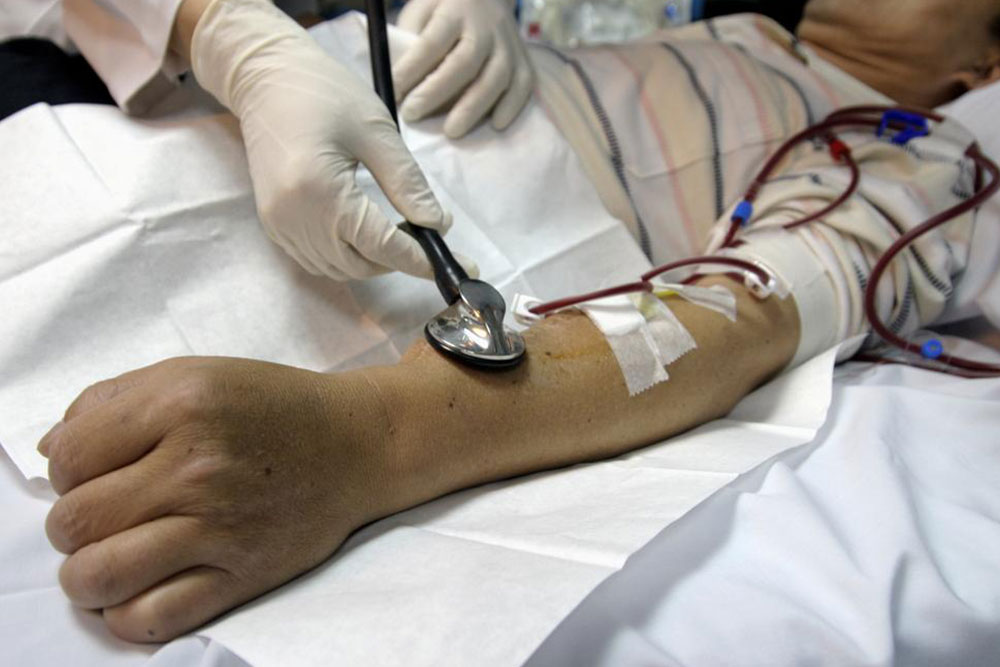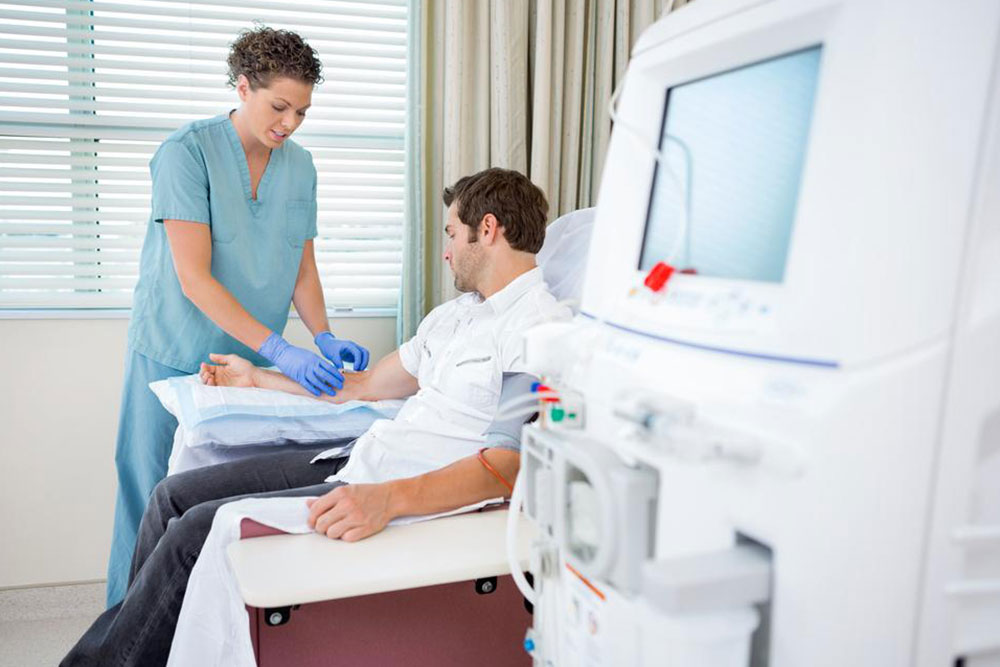Comprehensive Guide to Kidney Transplantation: Types, Procedure, and Recovery
This comprehensive guide covers all aspects of kidney transplants, including types, procedures, recovery, and considerations. It explains the importance of compatibility, the different donor options, and post-surgical care, helping patients make informed decisions about treatment for kidney failure. Understanding costs and long-term management is also addressed, providing a clear overview of this life-changing procedure.

Comprehensive Guide to Kidney Transplantation: Types, Procedure, and Recovery
Humans have two bean-shaped organs called kidneys that are vital for filtering toxins, waste products, and excess fluids from the bloodstream through urine. When these organs sustain severe damage, their filtering ability diminishes, leading to high blood pressure and overall kidney failure. End-stage renal disease develops when about 90% of kidney function is lost. Patients with this condition often rely on dialysis or require a kidney transplant as life-saving options.
Types of Kidney Transplants
A kidney transplant involves surgically placing a healthy kidney from a living or deceased donor into a recipient with failing kidneys. This procedure is a critical treatment for advanced kidney disease, offering an alternative to prolonged dialysis. Compatibility between donor and recipient is essential for success, which is evaluated beforehand. Here are the main types:
Deceased-Donor Transplant: Approximately two-thirds of kidney transplants annually in our country involve organs from donors who have recently passed away. Suitable organs are kept on ice or connected to machines that supply oxygen and nutrients until transplantation. Organ donation is usually authorized through family consent or if the donor had a prior donor card.
Living-Donor Transplant: Accounting for about a third of kidney transplants, this involves a living individual donating one kidney, which can suffice to treat both failing kidneys in the recipient. Common donors include family members, close friends, or coworkers. Donating a kidney offers recipients shorter waiting times and lower risks of complications. Donors often benefit from reduced waiting and quicker recovery times.
Preemptive Transplant: Performing a transplant before the kidneys completely fail, before dialysis becomes necessary, can improve outcomes. Even though only 20% of transplants are preemptive, it is considered the most effective treatment approach for end-stage renal disease.
Recovery and Post-Operation Care
Post-surgery, patients may experience soreness and need time for their new kidney to adapt. Hospital stays typically last about a week, during which doctors monitor for any complications. The new kidney usually starts producing urine immediately, although some may require temporary dialysis until it stabilizes. Recovery includes avoiding heavy lifting and strenuous activities for up to six weeks. Regular follow-up appointments, including blood tests, are essential to monitor kidney function and detect rejection early.
Long-term, patients must adhere to prescribed medications that suppress immune responses to prevent rejection, along with additional treatments to minimize infection risks. While kidney transplantation can be costly, ranging from $150,000 to $250,000, consulting with healthcare providers about costs and insurance coverage is vital. Surgery offers a potentially permanent solution, making understanding the risks, benefits, and expenses crucial for informed decisions.









